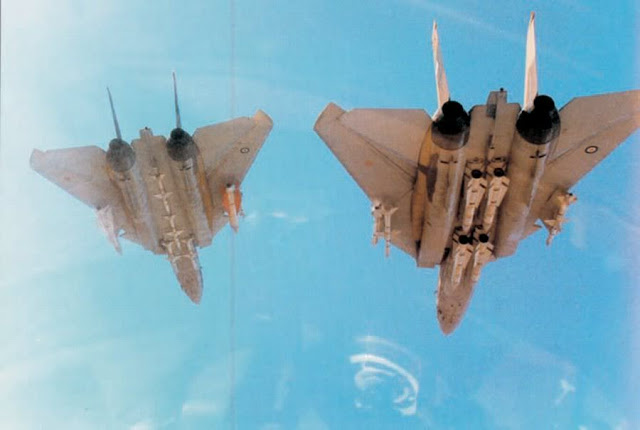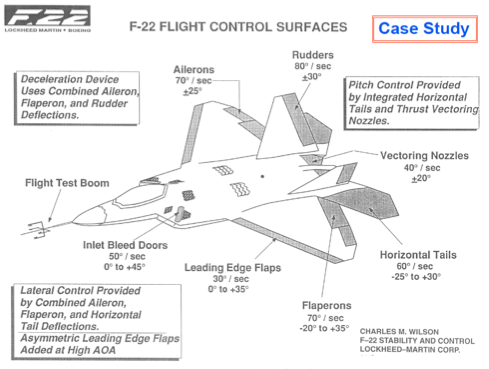EricChase88
I really should change my personal text
- Joined
- 20 November 2012
- Messages
- 94
- Reaction score
- 24
I asked a few questions over at f-16.net, and some of the posters brought up that the T-50 may have a higher bleed rate than the F-22 in tight turns because apparently, greater wing sweep typically means more AOA needed for a given amount of lift and thus more drag.
Also, T-50 has advanced features like LEVCONs and leading edge root extensions to improve lift, while the F-22 has nothing of the sort. I don't see how F-22 can match the T-50 in maneuvering performance.
Also, T-50 has advanced features like LEVCONs and leading edge root extensions to improve lift, while the F-22 has nothing of the sort. I don't see how F-22 can match the T-50 in maneuvering performance.



